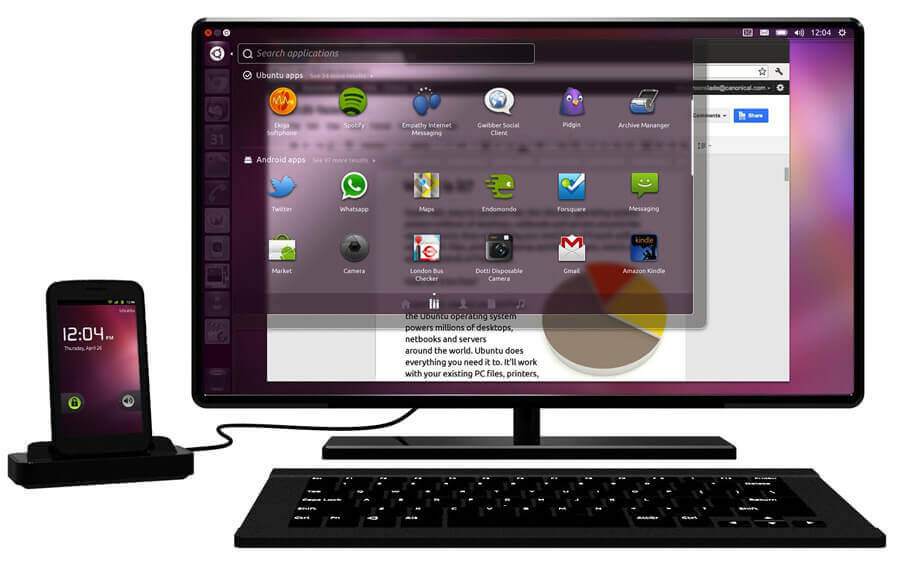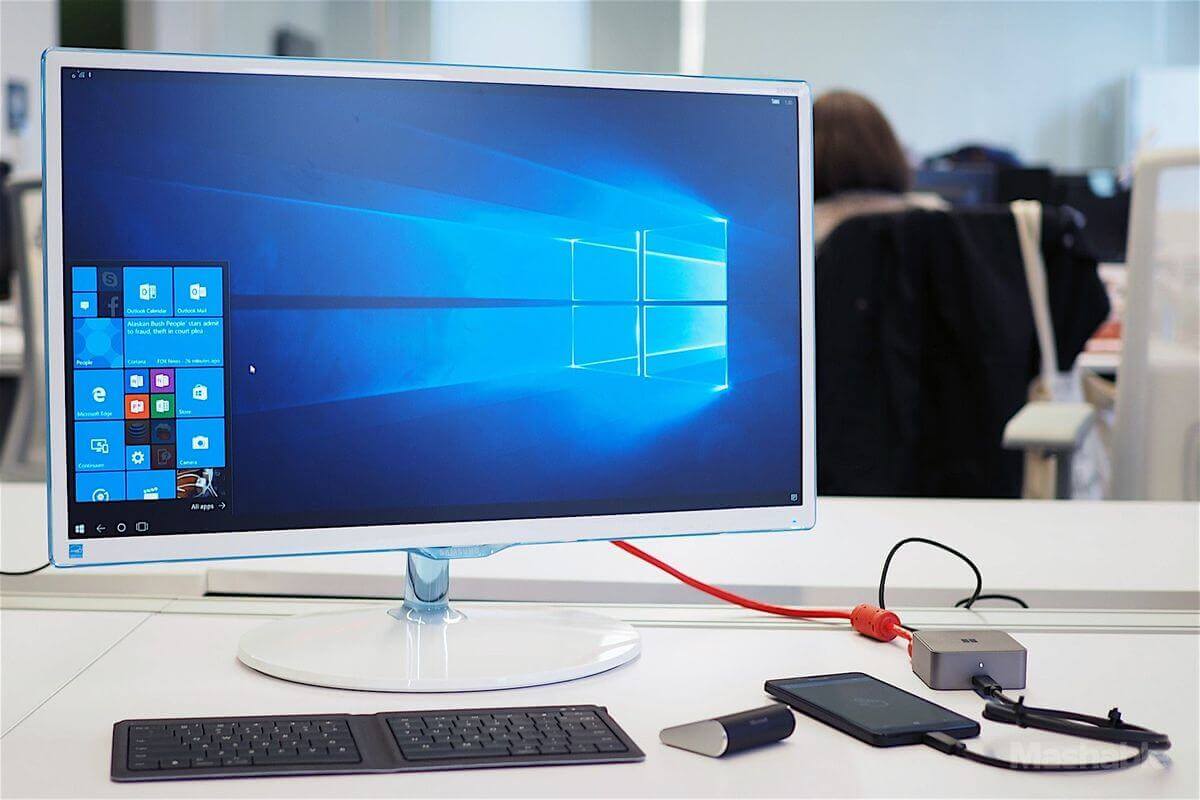Computers are very powerful machines and they have become part of our everyday life in one way or the other, we use them to accomplish different tasks. In recent years, there has been amazing advancements in computer technology, many sophisticated computing devices such as smart phones, and tablets have come up and they work with great computing and processing power to match some desktop computers and laptops.
This has made it much easier for users to accomplish certain day to day tasks that would require a laptop or desktop computer with just these small, easy to carry mobile devices. One of the main problems with using multiple computing devices is that users’ data is always disbanded many times due to lack of proper organization or uniformity in processing formats and many more.
And this is where the ideas of device convergence comes in, most times, users prefer to carry mobile devices such as smart phones and tablets or touch pads, but one factor limiting their use is display.
Therefore companies such as Canonical and Microsoft, plus many others in the industry have taken burden of developing operating systems that can work on both PCs and mobile devices to achieve device convergence. In order to understand the idea broadly, let us look at Ubuntu’s convergence and Microsoft’s continuum in terms of how they work.
What is Ubuntu’s convergence
The concept of Ubuntu convergence started with Unity 8, which is the the user interface and display scheme for Ubuntu Linux. It enables apps to run on all Ubuntu devices using the same underlying codebase to support a standard framework for developing apps and services.
With Ubuntu phones already in the market, many Ubuntu users can now get a desktop interface of the popular Linux distribution on their smart phones, users can now have smartphones which works as a PC with a mobile-optimized version of Ubuntu desktop.
The main idea is to bring Ubuntu PC experience on a smartphone, meaning that everything on PC is made available to a smartphone user and these include effortless multitasking, windows management, full version of desktop apps and thin clients support to enable mobility and productivity, file browsing, integrated services with desktop notifications, absolute system control plus many more desktop features and functionalities.
You can read this overview, to get a detailed explanation from the Ubuntu website.

What is Microsoft’s continuum
When Microsoft released Windows 10 with an aim of to bring alive the dream of devices convergence, as with Ubuntu’s Unity 8, Microsoft introduced what is know as Universal Windows Platform(UWP), here is an overview of UWP.
UWP is a requirement for device convergence infrastructure on the Windows platform, and under it, programmers can develop apps once, which work on both mobile devices and PCs. When mobile Windows devices are connected to a larger display like a monitor through a docker or bluetooth, the interface of apps scales to fit the situation.
The main concept in Windows 10 is that, it adjusts your user experience to fit the activity, device and display you are using, with such simple design, users can achieve device convergence similar to Ubuntu’s convergence, there can find more from Microsoft website and also from here.

In conclusion,
As many people today use up to three common types of devices to connect to the Internet, process data and handle information, that is PCs, smartphones and tablets or touch pads, the whole idea of multiple devices convergence makes working easy and straight forward. There are other major companies also investing in device convergence solutions including Motorola, though Canonical and Microsoft are known to be spear heading bringing to light this technology.
